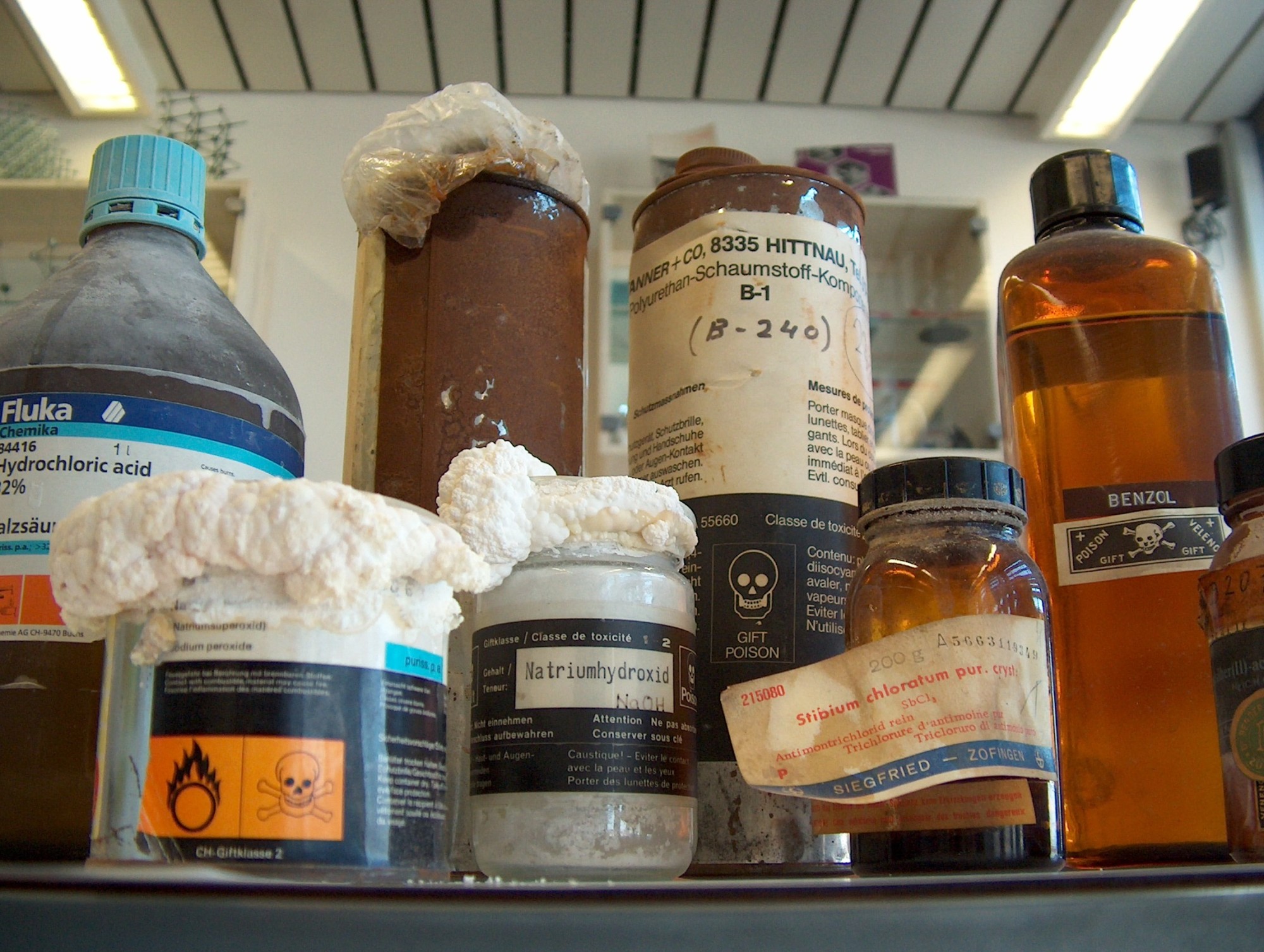Today, Covid-19’s presence still threatens our safety. It mystifies experts as its virulence and transmissibility constantly change. Such changes drive chemical safety protocols to the forefront.
We have examined some safety measures to minimize risk exposure: Covid-19-related and otherwise. But what about scientific laboratories?
Read on for the latest protocols to help you in your work.
Chemical Hazards
Chemical hazards refer to substances that harm your health when ingested or inhaled. They may cause issues as minor as skin irritation to ones as major as cancer. Some might even cause fires or explosions.
Potential hazards include organic solvents, extremely common chemicals found in most laboratories. We can break them down into non-flammable or flammable solvents.
Exposure (especially long-term) threatens lung, liver, and kidney health. Solvents typically enter the body through inhalation. Thus, headaches, dizziness, eye and upper respiratory irritation may also occur.
Fortunately, proper PPE (like gloves) can prevent many health problems.
Corrosives
Other chemical hazards come as corrosives. These refer to organic and inorganic acids and bases. Typically, exposure results from inhalation or skin contact. Inhalation can cause serious lung problems, so seek medical care ASAP!
Luckily, the shorter your exposure time, the more reversible the damage. Still, corrosives cause painful burns (even if deemed minor). Limit exposure with neoprene gloves, laboratory coats, goggles, and face shields!
Toxic Solids
Toxic solids usually outnumber any solvents or corrosives we find in labs. After all, such solids make their way in dust particles and within solutions (even water!).
Thus, they typically irritate the skin and we can minimize risk through fume hoods.
Cancer-Causing Materials
Cancer-causing materials have separate regulations. The Occupational Safety and Health Administration (OSHA) oversees them. It designates work areas for chemicals.
OSHA uses different organizations to determine whether a substance causes cancer. You can find their official listings in the Annual Report on or in Groups 1, 2A, or 2B, respectively. OSHA considers something as “cancer-causing” if it appears on either list.
One organization can even deem a substance “anticipated to be a carcinogen.“
Cancer-causing materials follow standard operating procedures (SOPs). OSHA requires all workers to have proper training and approval for such SOPs. Protocol includes:
- Proper labeling and storage in unbreakable containers for carcinogens
- Vacuum and glass decontamination under a fume hood
- Proper labeling and storage for apparel/PPE
- Decontamination or incineration for apparel and laboratory equipment
- Accurate records for all carcinogens
- Accessible spill kits and contingency plans
Protocols vary some when working with animals and carcinogens. Most procedures concern air filtration systems plus animal care.
Drugs
Drugs may also pose chemical hazards. Effects differ based on the type of drug, while safety protocol remains uniform. Protocol includes:
- Gloving
- Respirators
- Eye/Face Protection
- Decontamination/Disposal
Gloving refers to workers wearing gloves when handling drugs. Gloves should cover coat cuffs. Individuals may double-glove/wear 2 pairs in certain cases.
Respirators come in handy when preparing drugs. They purify the air and prevent inhalation.
Eye/face protection means face shields and goggles. Locate eyewash stations in your lab. Flush your eyes for at least 15 minutes.
Decontamination/Disposal refers to post-experimental procedures. Dispose of gloves, gowns, and other materials in a “Hazardous Drug Waste Disposal.” Wash goggles, face shields, and respirators with detergent.
Other Required Chemical Safety Protocol
Different laboratories and workplaces may vary slightly in the protocol. Still, general rules apply:
- No food, beverages, gum, cosmetics, or cigarettes
- No shorts or open-toed shoes
- Practice standard hand hygiene
- Use an aseptic technique when cleaning equipment
Remember, all safety protocols work to minimize exposure to harmful chemicals. You should consult your manager if you remain unsure about a potential hazard.
Additionally, you can access safety data sheets (SDS) for more specific chemical information.
Safety Data Sheets
An SDS lists a chemical’s various properties. It also describes how one should handle the specific chemical. For example, an SDS explains a chemical’s health and environmental risks.
This seems like a daunting encyclopedia, but nowadays you can use an online SDS. These systems often provide management/organizational services. Check with your employer/institution for a specific SDS provider.
As always, use such information alongside whatever your lab manager advises. More importantly, everyone/thing must follow the standardized chemical safety protocol.
Chemical and Workplace Safety Protocol in 2023
OSHA has developed several regulations for the upcoming year. They include:
- Violence in the workplace
- Communication safety
- Emergency Response
- Infectious Disease
OSHA wants to start a Small Business Regulatory Enforcement Fairness Act (SBREFA). It focuses on preventing violence in the workplace, especially in healthcare and social situations. This move should supplement other guidelines from 1996 and 2016.
Communication safety intends to distribute a notice of proposed rulemaking (NPRM) this March. The notice aims to minimize fatalities in the industry.
Emergency response plans on another NPRM. This way, workers can better manage emergency situations with proper safety protocols. It hopes to unify, then streamline, the overall process.
Infectious disease focuses on healthcare and laboratory workers specifically. OSHA wants to standardize more procedures/protocols. This cuts risks for especially contagious and fatal illnesses.
The Covid-19 pandemic has forced us to take extra precautions.
Safety Today
Overall, chemical safety has become more important than ever. Scientists, healthcare workers, and so on expose themselves to potentially hazardous chemicals each day. They rely on certain protocols and careful SDS management to keep them from harm’s way.
To aid those who aid us, we need to provide accurate, up-to-date information on a wide variety of chemicals. Check out how Online-SDS offers crucial services that every worker depends on.


